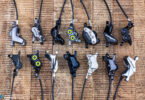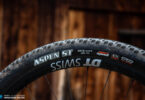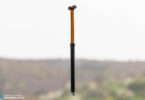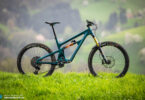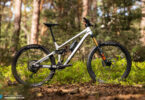Ibis Mojo HD5 2020 announced – Modern Geometry and the New Traction Tune Suspension
Ibis is on fire! Fresh on the heels of the new affordable aluminium Ripmo AF launch, Ibis has just dropped a new Ibis Mojo HD5. With a revised suspension tune and some potent updates, another animal rolls out of the Ibis stable.

What’s new with the Ibis Mojo HD5
They say that 666 is the number of the beast, but Ibis has a different take on the vital statistics. The new Ibis Mojo HD5 runs on 27.5-inch wheels paired with 153 mm of rear travel and a monster 170 mm fork. Compared to the Mojo HD4, while the head angle may have ‘only’ slackened out by 0.7 degrees, from 64.9 to 64.2°, the seat tube angle has increased a whopping 2 degrees from 74 to 76°. The new Mojo HD5 is also around 20 mm longer in the reach with improved clearance for a longer dropper post. Home mechanics will rejoice at the threaded BSA BB, and the internal routing now uses internally moulded tubes for easy cable replacement. There is also additional moulded rubber protection around the upper and lower linkage.
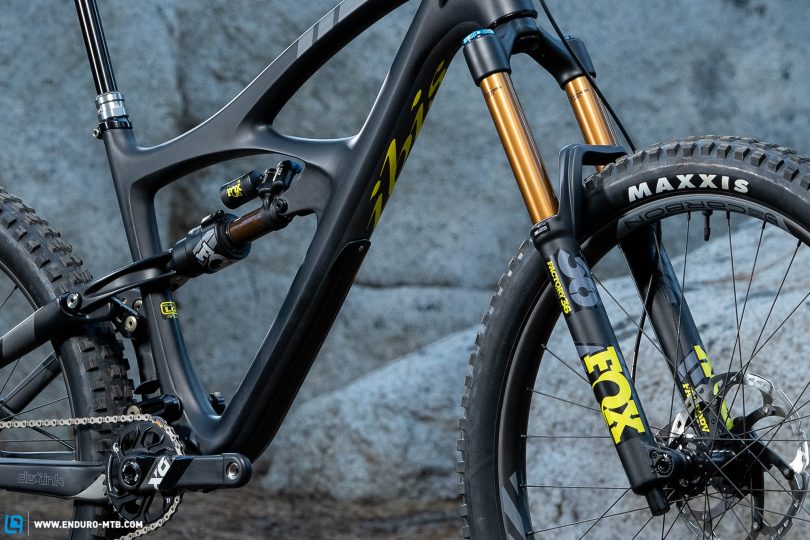
The Ibis HD5 has a full carbon frame with clearance for tires up to 2.6”. The bike will be available in 4 sizes with a frame weight of 2.54 kg without shock. The bike will ship with either a Fox Float DPX2 or Fox Float X2 shock, and complete builds will start from around 12.7 kg. Build prices will start from $4,399 with a frame and shock price of $2,999. The usual Ibis seven-year frame and lifetime bushing warranty applies.
New Ibis Mojo HD5 at a glance
- 27.5” Wheels
- 170mm front travel
- 153mm DW-link rear travel
- 2.6” tire clearance
- Carbon front and rear triangle
- Available in four sizes S-XL
- Frame weight of 2.54 kg
- New Traction Tuned suspension
- Slack 64.2 head angle
- Steep 76 degree seat tube angle
- Threaded BB (73mm BSA)

The geometry of the new Ibis Mojo HD5
The new Ibis Mojo HD5 features a steeper seat angle and slacker head angle than the current HD4. The new bike also features a longer reach through all sizes to accommodate the steeper seat tube angle.
| Size | S | M | L | XL |
|---|---|---|---|---|
| Seat tube | 355 mm | 368 mm | 419 mm | 469 mm |
| Top tube | 582 mm | 606 mm | 635 mm | 669 mm |
| Head angle | 64.2° | 64.2° | 64.2° | 64.2° |
| Seat angle | 76° | 76° | 76° | 76° |
| Chainstay | 430 mm | 430 mm | 430 mm | 430 mm |
| BB height | 351 mm | 351 mm | 351 mm | 351 mm |
| Wheelbase | 1184 mm | 1211 mm | 1243 mm | 1280 mm |
| Reach | 427 mm | 447 mm | 472 mm | 503 mm |
| Stack | 595 mm | 611 mm | 626 mm | 640 mm |
Ibis launch new Traction Tuned suspension
In an industry rich in sexy suspension slogans, Ibis’ new ‘Traction Tuned’ suspension is quite simple in principle. By using a very light high-speed compression damping tune and light rebound damping, the wheel can move faster in both compression and extension. If the wheel responds faster, it is able to keep in contact with the ground resulting in more grip. We have seen in the past that very light tunes can result in overactive suspension. However, as Ibis use a DW-link based suspension system which offers high levels of anti-squat for efficient pedaling and low levels of pedal kickback, we are excited to see how it feels on the trail. The new Ibis HD5 will be the first bike to feature the new Traction Tune suspension, and Ibis are already rolling out light-tune shocks onto their Ripley and Ripmo AF. If you already have a HD4, Ripmo or Ripley V4 and want a Traction Tune, Fox can revalve the suspension next time you send it for a service.
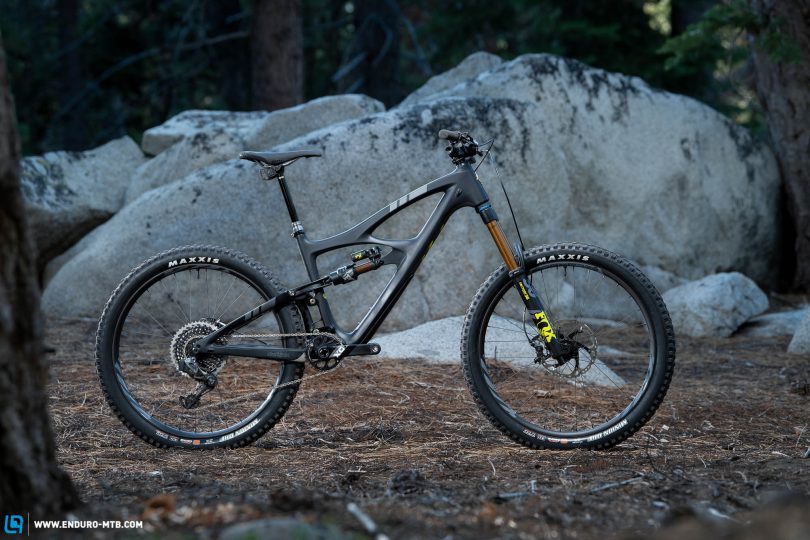
Our thoughts on the new Ibis Mojo HD5
On paper, the new Ibis HD5 looks like an animal and we are excited to see how it behaves on the trail. With a 76° seat tube angle, the Mojo HD5 should offer more than just DH performance, and we cannot wait to see how the new Traction Tuned suspension harmonises with the DW-link platform. Stay tuned for a full test very soon.
For more information, check out the Ibis website.
Did you enjoy this article? If so, we would be stoked if you decide to support us with a monthly contribution. By becoming a supporter of ENDURO, you will help secure a sustainable future for high-quality mountain bike journalism. Click here to learn more.
Words: Photos: Ian Collins



